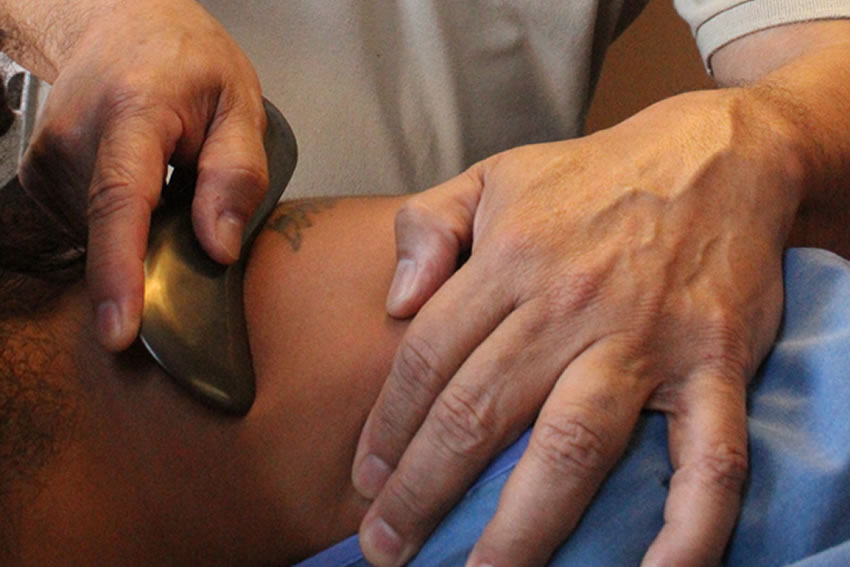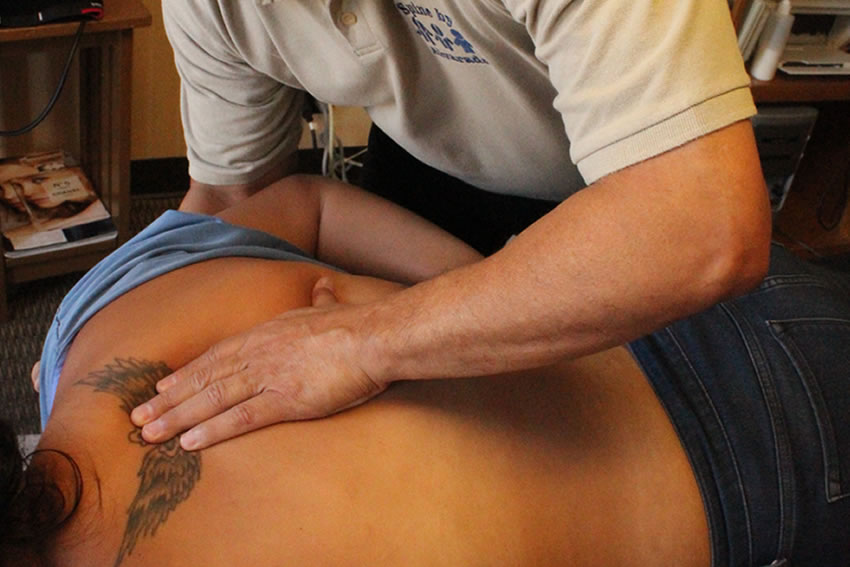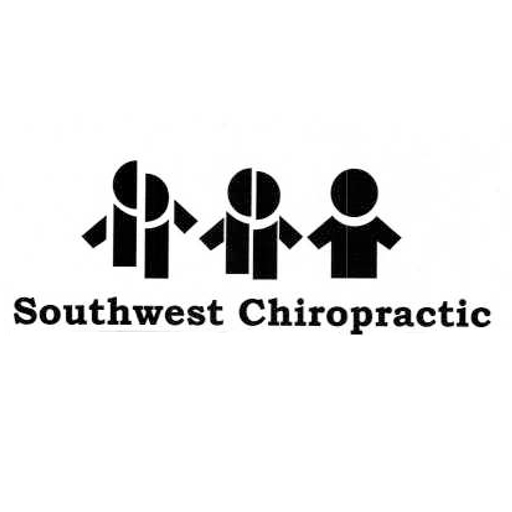What is the difference? What is right for me?


What is the difference? What is right for me?
Let’s define muscular pain first. The following is taken from Dr. Alvarado’s 30 years of clinical experience as well as excerpts from the MedLine Plus website:
Muscle aches
Muscle aches and pains are common and can involve more than one muscle. Muscular pain can involve, or originate from, not only muscle fibers, tendons and ligaments but also fascia and trigger points. Fascia is the soft tissue that envelopes and connects muscles, bones, and organs. Trigger points are painful “knots” that form in the muscle as a result of micro/macro strain.
Considerations
Muscle pain is most often related to muscle tension, overuse, or injury from stress, exercise or hard physical work. The pain tends to involve specific muscles and starts during or just after the activity. It is often obvious which activity is causing the pain.
Muscle pain also can be a sign of conditions affecting your whole body. For example, some infections (including the flu) and disorders that affect connective tissues throughout the body (such as lupus) can cause muscle pain.
One common cause of muscle aches and pain is fibromyalgia, a condition that causes tenderness in your muscles and surrounding soft tissue, sleep difficulties, fatigue, and headaches.
Evidence-based medicine literature notes that greater than 80% of injured employees present with muscular strain and/or sprain. Despite this fact, as well as the above noted support for muscular pain, it appears that these disorders are frequently not given the appropriate attention they deserve. Or even worse, an ill-informed health care provider concludes that a patient with acute or chronic pain is either not really suffering or is a victim of his or her own mental health. Dr. Alvarado has seen numerous patients with chronic pain secondary to unresolved trigger point formation and/or myofascial restriction. With the appropriate care, these individuals gain significant relief in a remarkably short period of time. They have suffered, often for many years, because they were never properly diagnosed or treated.
The techniques referenced above; deep tissue massage, trigger point therapy, myofascial release and Graston Technique are different forms of manual therapy designed to reduce muscle spasm, eliminate trigger point formation, and reduce myofascial restriction.
One specific myofascial release technique has gained popularity in the last several years. Graston Technique employs specific tools to reduce myofascial restriction. While the technique offers a sound scientific approach to the removal of myofascial restriction, it is actually derived from a acient Chinese medicine technique utilized in conjunction with acupuncture; Gua Sha. This technique, like acupuncture, has been in existence for thousands of years. The concept is actually quite simple. If there is fascial restriction in any area of the body, it can be a source of pain either locally or distally. Dr. Alvarado is trained in Graston Technique as well as Gua Sha.
One distinct difference between Dr. Alvarado’s philosophical approach to muscular pain and that of a physical therapist is the following:
If a patient suffers a lower back injury which 80% of the time involves a muscular component, is it more medically appropriate to exercise an injured muscle without addressing the fascial strain/injury or would be more appropriate to correct the site of injury first and then rehabilitate the area of involvement?
Graston Technique recommends the following sequence of care; myofascial release, joint mobilization, stretching exercises, neuromuscular reeducation, strengthening and postural instruction. If we employed the physical therapy approach of strengthening a back muscle that has been injured, does that result in correction of the myofascial restriction? No, it does not. Furthermore, if as a result of the muscular strain the lumbar spine exhibits biomechanical dysfunction, and this is not corrected, the patient’s injuries/complaint will most likely not resolve and/or return.
Dr. Alvarado’s approach involves the correction of muscular and spinal dysfunction followed by appropriate therapeutic exercise and education to limit reoccurrence and/or the patient’s reliance on a healthcare provider or medication for temporary relief.
